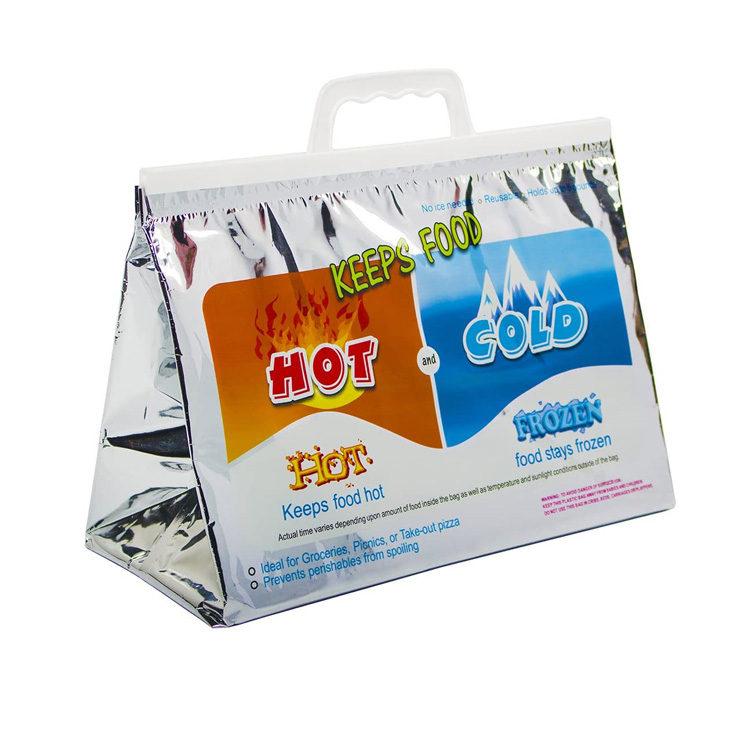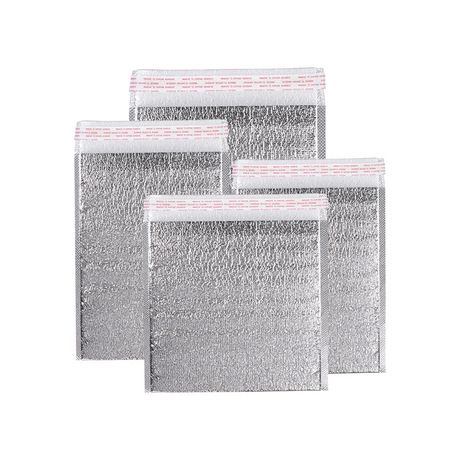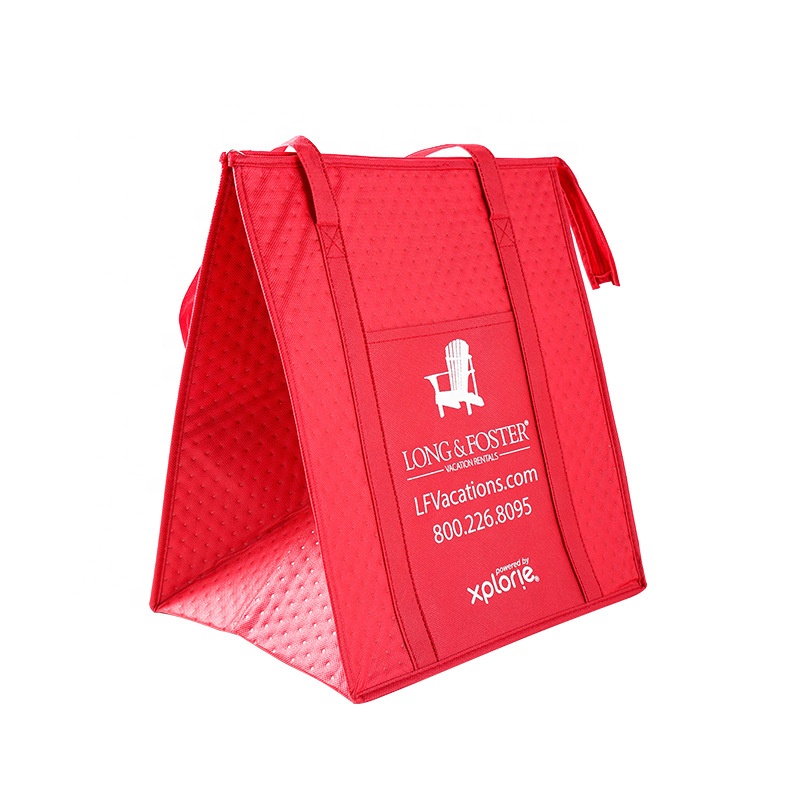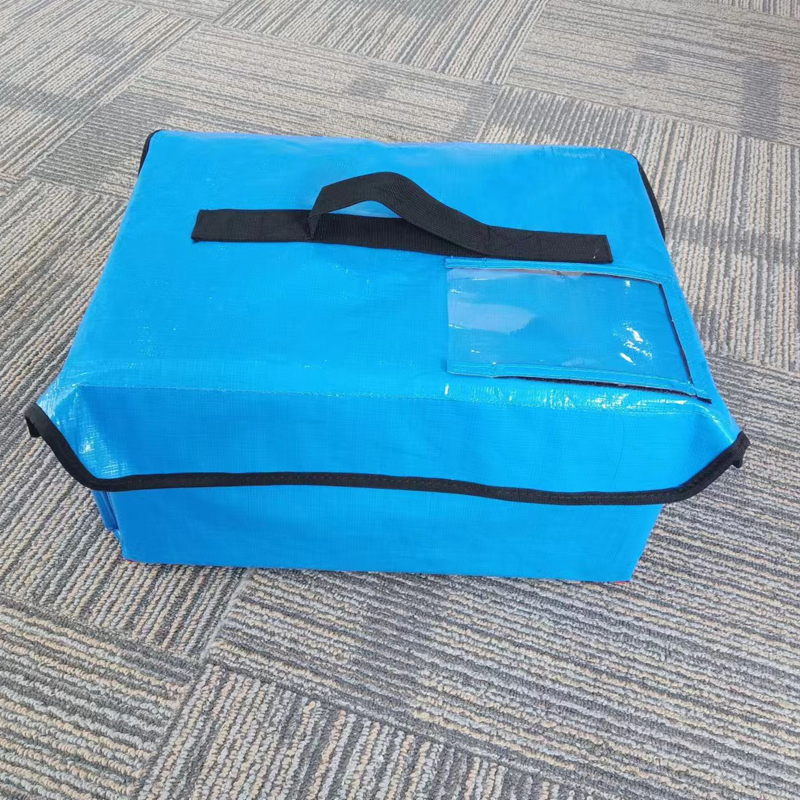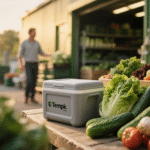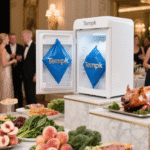Ice Pack Price: Understanding Cost and Finding Value
Keeping food, medicamento, or biologics at the right temperature looks simple on the outside—but the price tag on an ice pack tells a deeper story. From basic gel cushions sold for cents to high-tech PCM bricks that cost over a dollar each, today’s market spans a wide range. To budget wisely, it helps to break the price down into five clear pieces.
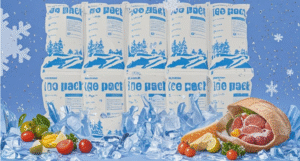
1. Shell and Fill Materials
HDPE, LDPE, or flexible PE make up the hard shell; polymer gels or phase-change slurries fill the core. When oil prices rise or recycled resin is scarce, shell costs climb. Phase-change materials add more, yet they hold temperature far longer, often shrinking the total weight of coolant you need.
2. Manufacturing and Energy
Precision molds, automated filling lines, leak detection, and walk-in freezers all draw power. Regions that rely on costly or carbon-heavy electricity pass those surcharges straight into unit pricing.
3. Compliance and Testing
Food-grade and pharma-grade packs must pass ISO and ISTA protocols, plus routine pressure and drop tests. The certificates protect your cargo but add several cents per unit.
4. Order Size and Lead Time
Large annual contracts bring volume rebates and stable supply. Rush orders during vaccine season or holiday food peaks push prices up 10 - 20 % as factories pay overtime and air-freight raw materials.
5. Freight and Storage
Gel packs are heavy; shipping them unfrozen reduces weight but raises leak risk. PCM bricks can ship warm, then freeze on site—cutting inbound freight costs but adding on-premise energy needs.
Spend Smarter, Not Just Less
Price per pack is only half the math. Look at total cost of ownership:
-
Duración del enfriamiento—longer-lasting packs mean fewer kilos in every box.
-
Reutilizabilidad—durable shells you can cycle 100+ times slash reorder frequency.
-
Waste fees—non-toxic, recyclable shells reduce disposal costs and improve ESG scores.
Where Templ Makes a Difference
-
Ultra-efficient PCM core holds 2–8 °C nearly twice as long as common gel, letting you pack lighter.
-
Recycled HDPE shells buffer resin price swings while meeting food-contact rules.
-
CNAS-accredited lab data ships with every lot, cutting your third-party testing spend.
-
Closed-loop take-back program trims single-use plastic waste up to 70 %, earning sustainability credits.
Field audits show customers lowering coolant spend per lane by roughly 20 % after switching to Tempk—proof that paying a little more up front can drive big savings throughout the supply chain.









